Sweet whey powder is a versatile and widely used ingredient in the food and beverage industry. Derived from the processing of dairy products, it offers various functional benefits such as emulsification, flavor enhancement, and texture improvement. However, to ensure consistent quality and meet the diverse needs of manufacturers, understanding the crucial specifications of sweet whey powder is vital. In this article, we will explore the essential quality factors that buyers and users should consider when choosing sweet whey powder. 1. Protein Content and Composition: Protein content is one of the most critical parameters to evaluate the quality of sweet whey powder. Typically, it should have a minimum protein content of 10-12%. Additionally, the composition of proteins, specifically the ratio of whey proteins (beta-lactoglobulin, alpha-lactalbumin, and immunoglobulins) to other proteins, is important.
dairy
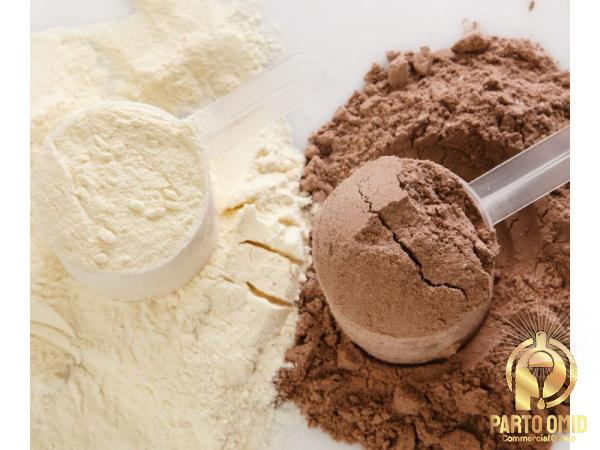 Different compositions offer different functional properties, such as foaming ability or gel formation, which can be valuable in specific applications. 2. Moisture Content: The moisture content in sweet whey powder affects its stability and shelf life. The ideal range for moisture content is between 3-5%. A higher moisture content can lead to microbial growth, spoilage, and clumping of the powder, while lower moisture content can result in a dry and less desirable texture. 3. Solubility and Bulk Density: The solubility of sweet whey powder is a crucial attribute, especially for manufacturers using it in liquid applications or as an ingredient in instant products. High solubility ensures quick and homogenous dispersion in liquids, improving the sensory profile and overall consumer experience. Bulk density is another specification to consider, as it affects the handling and packaging efficiency of the powder.
Different compositions offer different functional properties, such as foaming ability or gel formation, which can be valuable in specific applications. 2. Moisture Content: The moisture content in sweet whey powder affects its stability and shelf life. The ideal range for moisture content is between 3-5%. A higher moisture content can lead to microbial growth, spoilage, and clumping of the powder, while lower moisture content can result in a dry and less desirable texture. 3. Solubility and Bulk Density: The solubility of sweet whey powder is a crucial attribute, especially for manufacturers using it in liquid applications or as an ingredient in instant products. High solubility ensures quick and homogenous dispersion in liquids, improving the sensory profile and overall consumer experience. Bulk density is another specification to consider, as it affects the handling and packaging efficiency of the powder.
Specifications of dairy
 4. Microbial Standards: To ensure product safety and compliance with food safety regulations, sweet whey powder must undergo rigorous testing for microbial contaminants. The specification should include information about total plate count, coliforms, yeast, and molds. Low levels of these contaminants ensure the absence of spoilage organisms and harmful pathogens. 5. Flavor Profile: Sweet whey powder plays a crucial role in enhancing the flavor of various food and beverage products. Therefore, assessing the flavor profile is important. The sweetness level, presence of off-flavors, and compatibility with the intended application should be considered when selecting sweet whey powder. Some manufacturers offer customized flavor options to suit specific requirements.
4. Microbial Standards: To ensure product safety and compliance with food safety regulations, sweet whey powder must undergo rigorous testing for microbial contaminants. The specification should include information about total plate count, coliforms, yeast, and molds. Low levels of these contaminants ensure the absence of spoilage organisms and harmful pathogens. 5. Flavor Profile: Sweet whey powder plays a crucial role in enhancing the flavor of various food and beverage products. Therefore, assessing the flavor profile is important. The sweetness level, presence of off-flavors, and compatibility with the intended application should be considered when selecting sweet whey powder. Some manufacturers offer customized flavor options to suit specific requirements.
buy dairy
 6. Packaging and Shelf Life: The packaging of sweet whey powder should be designed to protect it from moisture, air, and light, which can affect its quality and stability. Proper packaging helps maintain the desired specifications and extends the shelf life of the product. Furthermore, clear information about the product’s shelf life is essential to ensure it is consumed within the recommended period. Conclusion: Understanding the essential specifications of sweet whey powder is crucial for manufacturers, retailers, and consumers alike. Protein content, moisture content, solubility, microbial standards, flavor profile, and packaging are key factors to consider. By paying attention to these specifications, manufacturers can ensure their sweet whey powder meets the desired quality standards, resulting in better end products and customer satisfaction.
6. Packaging and Shelf Life: The packaging of sweet whey powder should be designed to protect it from moisture, air, and light, which can affect its quality and stability. Proper packaging helps maintain the desired specifications and extends the shelf life of the product. Furthermore, clear information about the product’s shelf life is essential to ensure it is consumed within the recommended period. Conclusion: Understanding the essential specifications of sweet whey powder is crucial for manufacturers, retailers, and consumers alike. Protein content, moisture content, solubility, microbial standards, flavor profile, and packaging are key factors to consider. By paying attention to these specifications, manufacturers can ensure their sweet whey powder meets the desired quality standards, resulting in better end products and customer satisfaction.
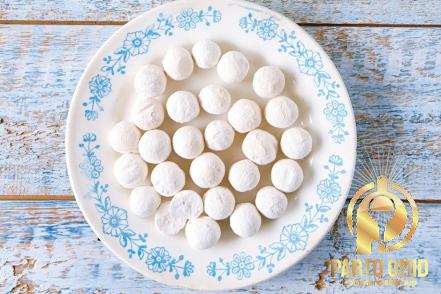

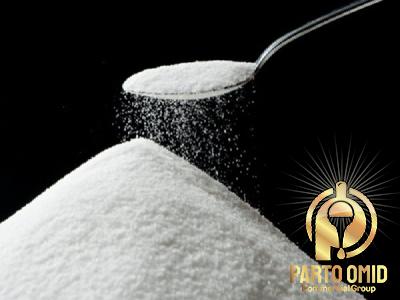
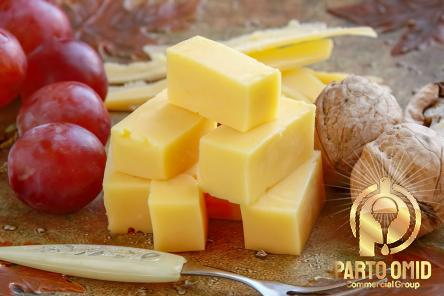

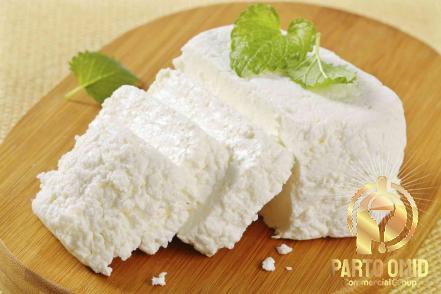
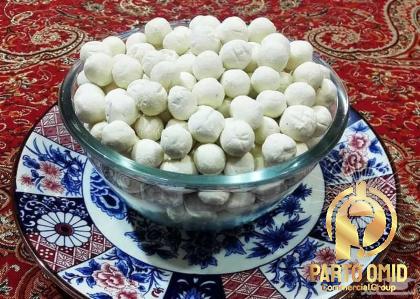
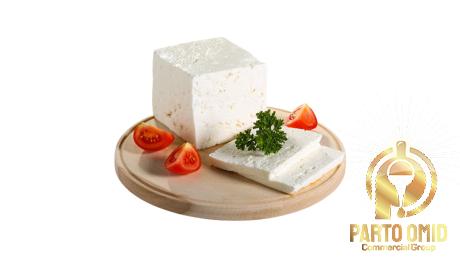

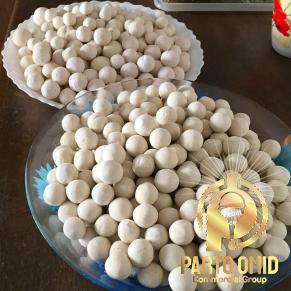
Your comment submitted.